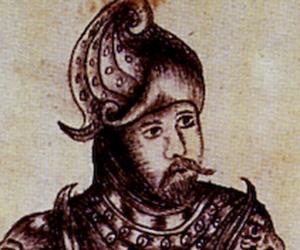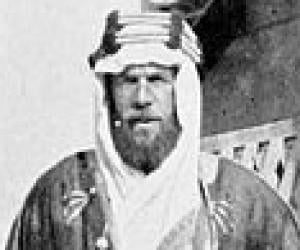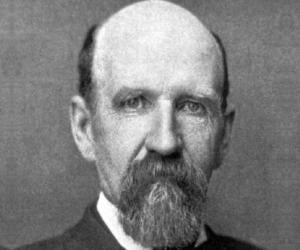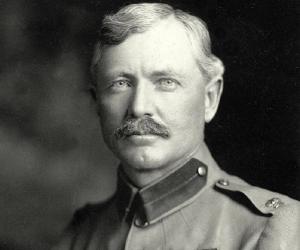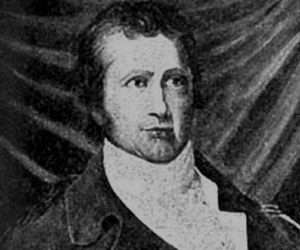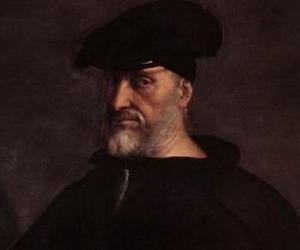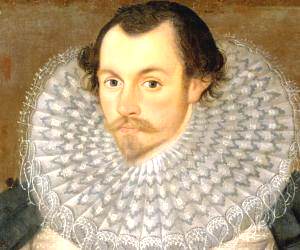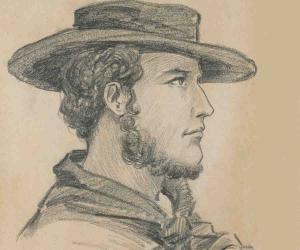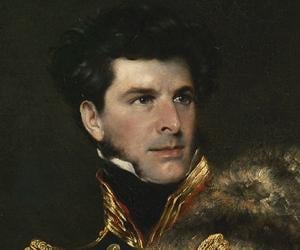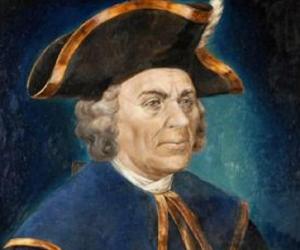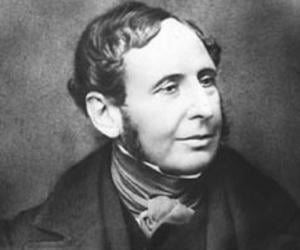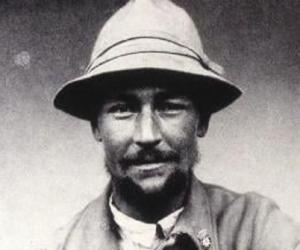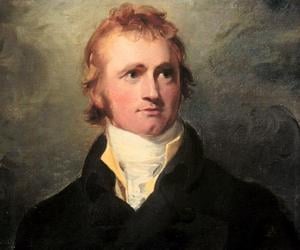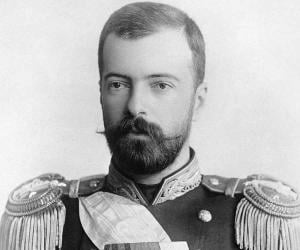Quick Facts
Also Known As: Erik Thorvaldsson
Died At Age: 53
Family:
father: Thorvald Asvaldsson
children: Freydís Eiríksdóttir, Leif Erikson, Thorstein Eiriksson, Thorvald Eiriksson
Explorers Norwegian Men
Died on: 1003
place of death: Greenland
Ancestry: Norwegian Icelander
Childhood & Early Life
He was born as Eiríkr Þorvaldsson (also called Erik Thorvaldsson) in the Jæren district of Rogaland, Norway, around 950. His father’s name was Þorvald Ásvaldsson (also called Thorvald Asvaldsson).
Thorvald was exiled from Norway c. 960, during the reign of King Harald Fairhair, for having killed some people. Erik was just a young boy at the time of this incident.
The father took along the family and sailed West from Norway, finally settling in Hornstrandir in northwestern Iceland. Thorvald died some time before 980.
Later Years
Erik grew up to be an adventurous and hot-tempered young man who gained the nickname “Erik the Red” because of his red hair, red beard, and also his red-hot temper.
He allegedly killed some people around the year 982 and was banished from Iceland for three years, just like the way his father had been exiled from Norway years ago.
While on exile he decided to embark on an expedition and explore new lands. He set off with a small group of men from Snæfellsjökull, one of the westernmost points of Iceland, around 982 and reached land on the opposite shore of what was then a little-known landmass.
His men rounded the southern tip of the island and arrived at an island at the mouth of Eriksfjord (now known as Tunulliarfik Fjord) near Qaqortoq (formerly Julianehåb). Erik spent the next two years exploring the west and north, and also assigned names to the places he visited.
He named the country “Greenland” as many parts of the land seemed ice-free and had conditions conducive to future growth and development. Over the course of his exploration he spent the first winter on the island of Eiriksey and the second winter in Eiriksholmar (close to Hvarfsgnipa). He explored as far north as Snaefell and into Hrafnsfjord during the final summer of his stay.
After completing his exile, Erik returned to Iceland in 985 or 986. He brought along with him the exciting stories of his adventures in the new land he had discovered. He described Greenland in great detail and told the people that the new land offered great scope for establishing new settlements.
Gifted with strong persuasive skills, Erik the Red was able to convince the people that Greenland held great opportunity. After gaining the support of many people he set out again with a fleet of 25 ships from Iceland.
Several of the ships turned back, or were lost or destroyed along with their occupants over the course of the hazardous journey across the sea. Only 14 ships out of the 25 are believed to have arrived safely at an area which became known as Eystribygd (“Eastern Settlement”).
Initially there were around 400-500 settlers in the colony. Erik successfully established settlements there and assumed the title of paramount chieftain of Greenland. Over the ensuing years he gained both wealth and respect.
The colonists thrived in the new land and were soon joined by several other immigrants who travelled all the way from Iceland in order to escape over-crowding in their own homeland.
The flourishing settlement grew to around 5000 inhabitants and spread over a considerable area along Eriksfjord and neighboring fjords. However, something disastrous happened soon after which almost ruined the colony.
Another group of immigrants arrived from Iceland in 1002. But these immigrants carried a deadly disease which soon spread to the population already living in Greenland. The epidemic killed several of the leading citizens of the colony and greatly threatened its very existence. Nevertheless, the colony survived till the 15th century before being wiped out due to several causes.
Major Works
Erik the Red is remembered as the one who founded the first Norse settlement in Greenland. The Icelandic sagas suggest that Norsemen before him had already discovered Greenland but their attempts to colonize the region were not successful. Thus Erik is credited to be the first permanent European settler in Greenland who was successful in establishing a settlement.
Personal Life & Legacy
Erik the Red was married to Þjóðhildr (Thjodhildr) and had four children: one daughter and three sons. His son Leif Eiríksson also became a famous explorer later on.
He died c. 1003, a victim of the epidemic that annihilated a vast majority of the settlers in Greenland.
Facts About Erik the Red
Erik the Red was known for his fiery red hair and beard, which earned him his nickname.
Despite being exiled from Iceland, Erik the Red went on to establish the first Viking settlement in Greenland, demonstrating his resilience and leadership skills.
Erik the Red had a daughter named Freydís Eiríksdóttir who was also a skilled explorer and played a significant role in Viking history.
He was a skilled navigator and is credited with discovering and naming many landmarks in Greenland.
Erik the Red’s legacy lives on today through his descendants and the enduring Viking heritage in Greenland.
See more:


